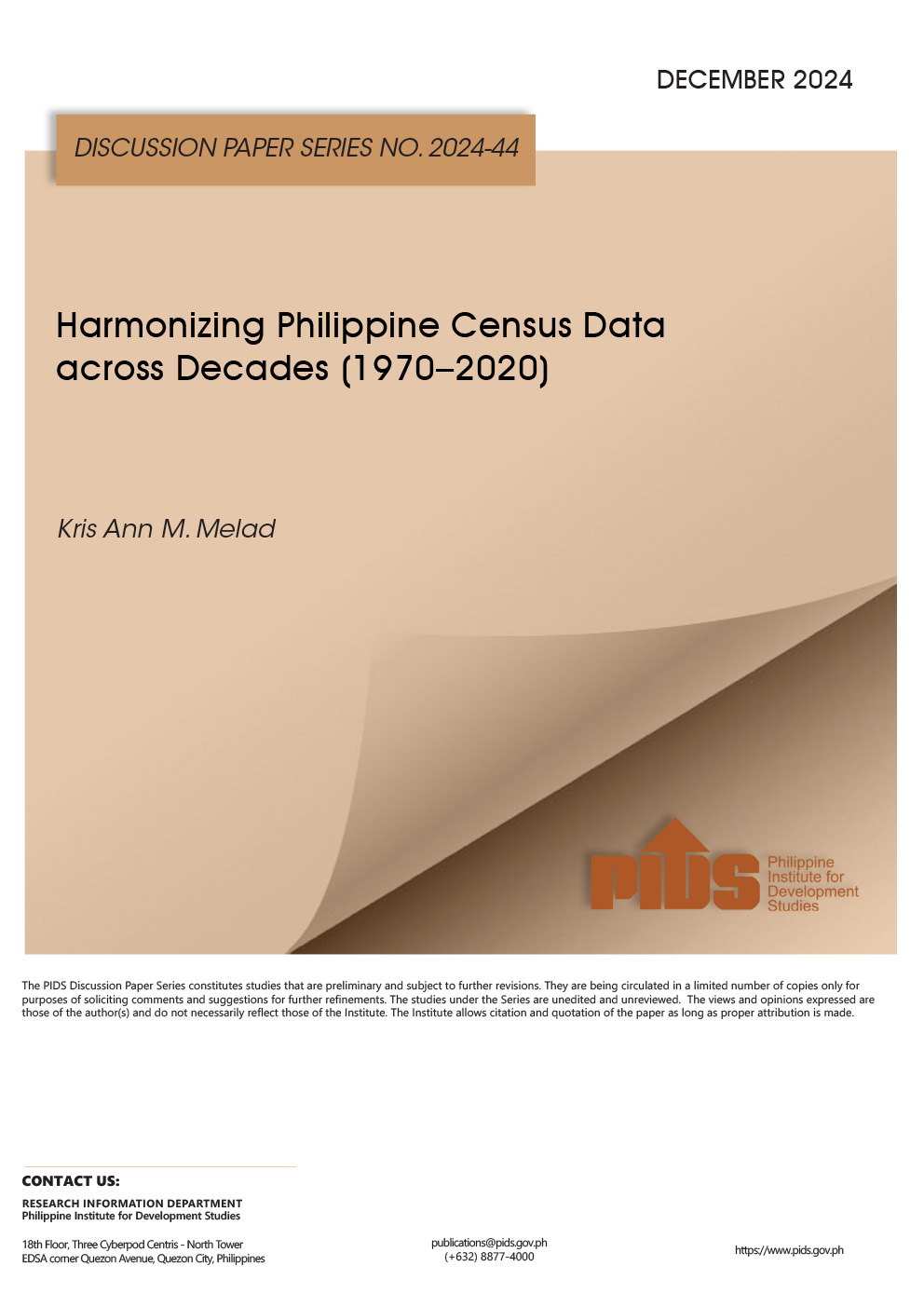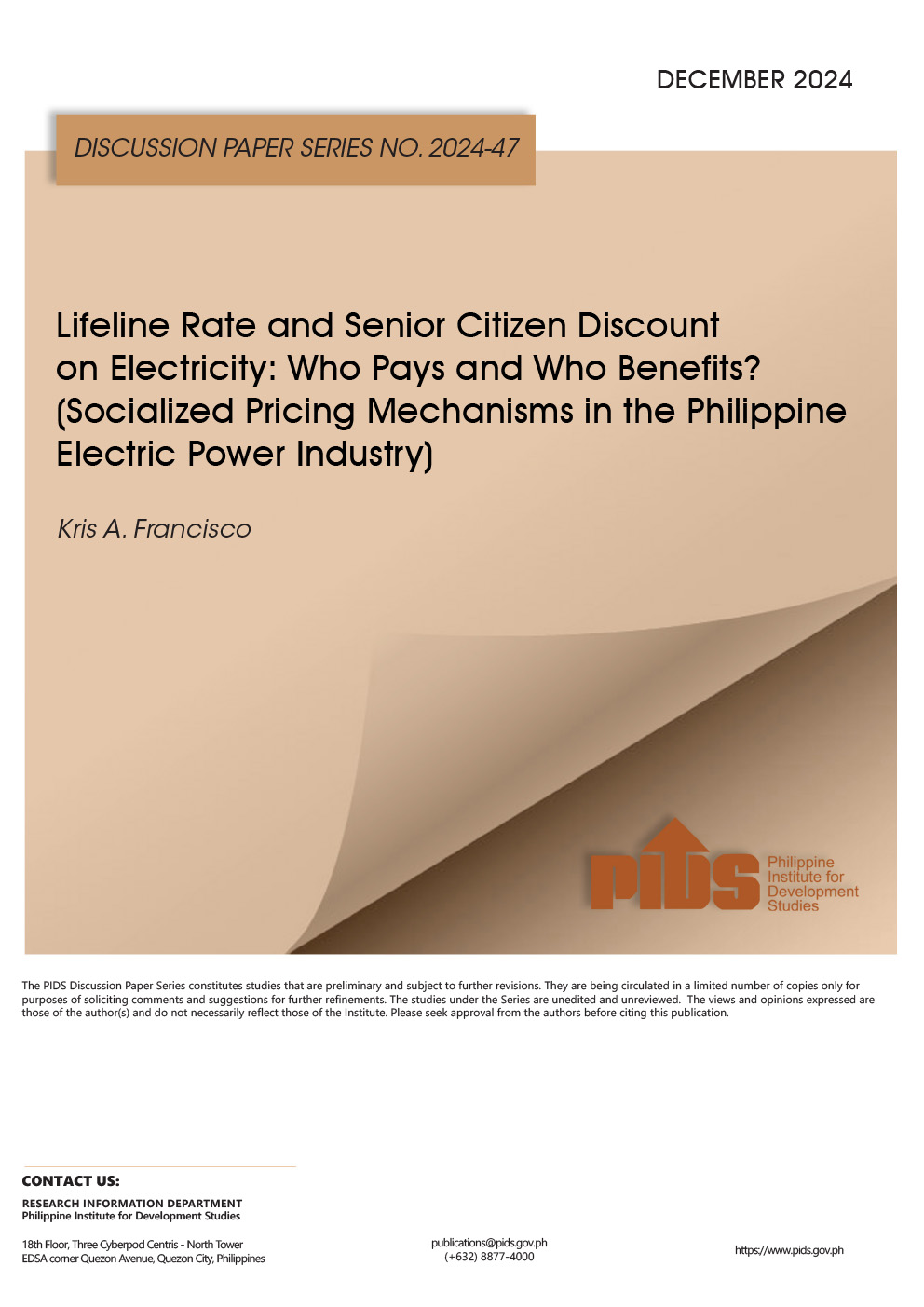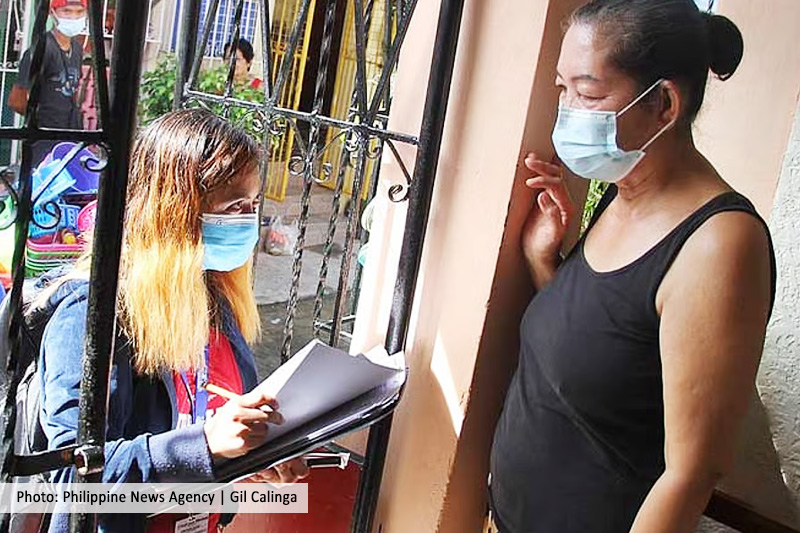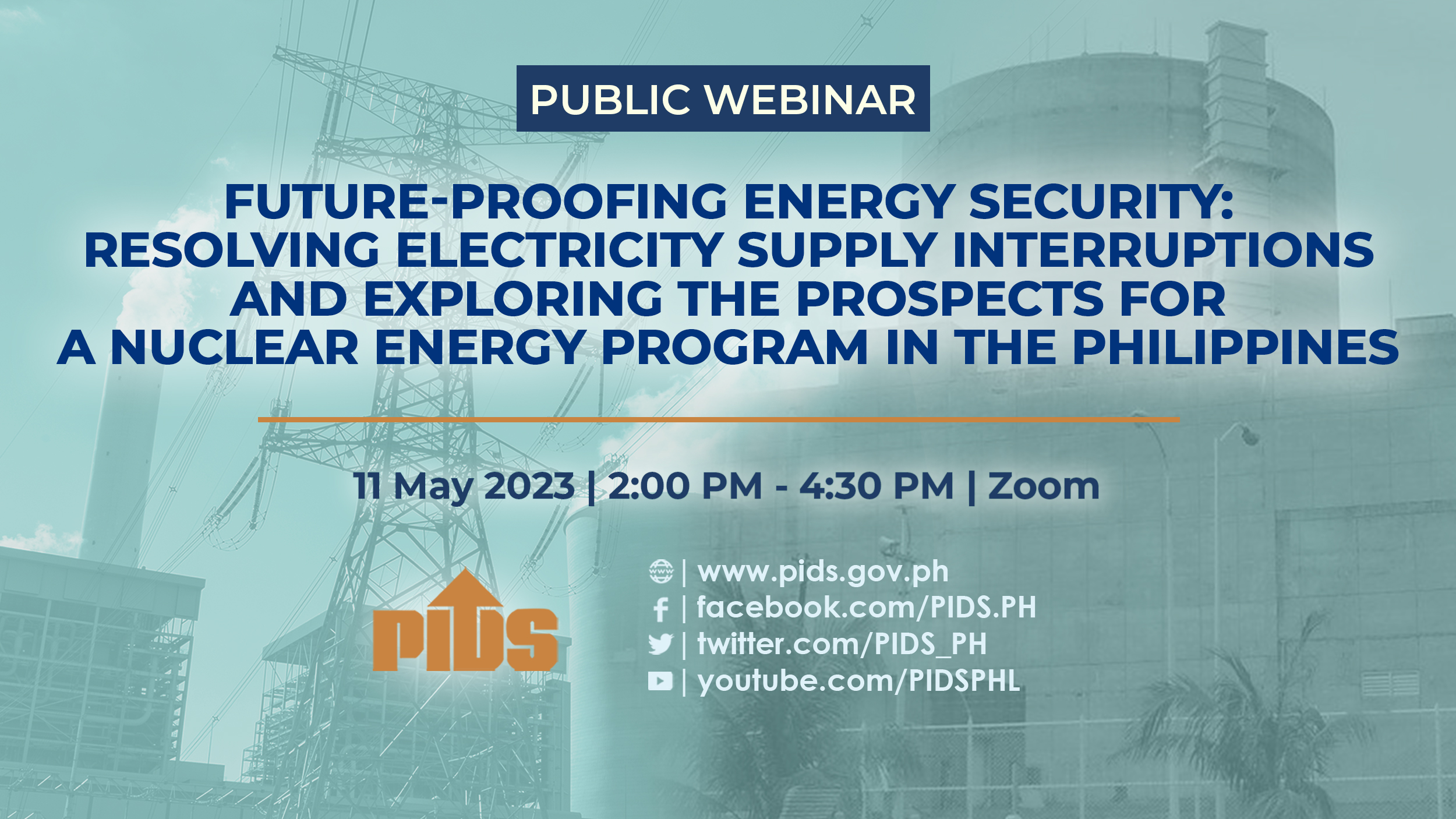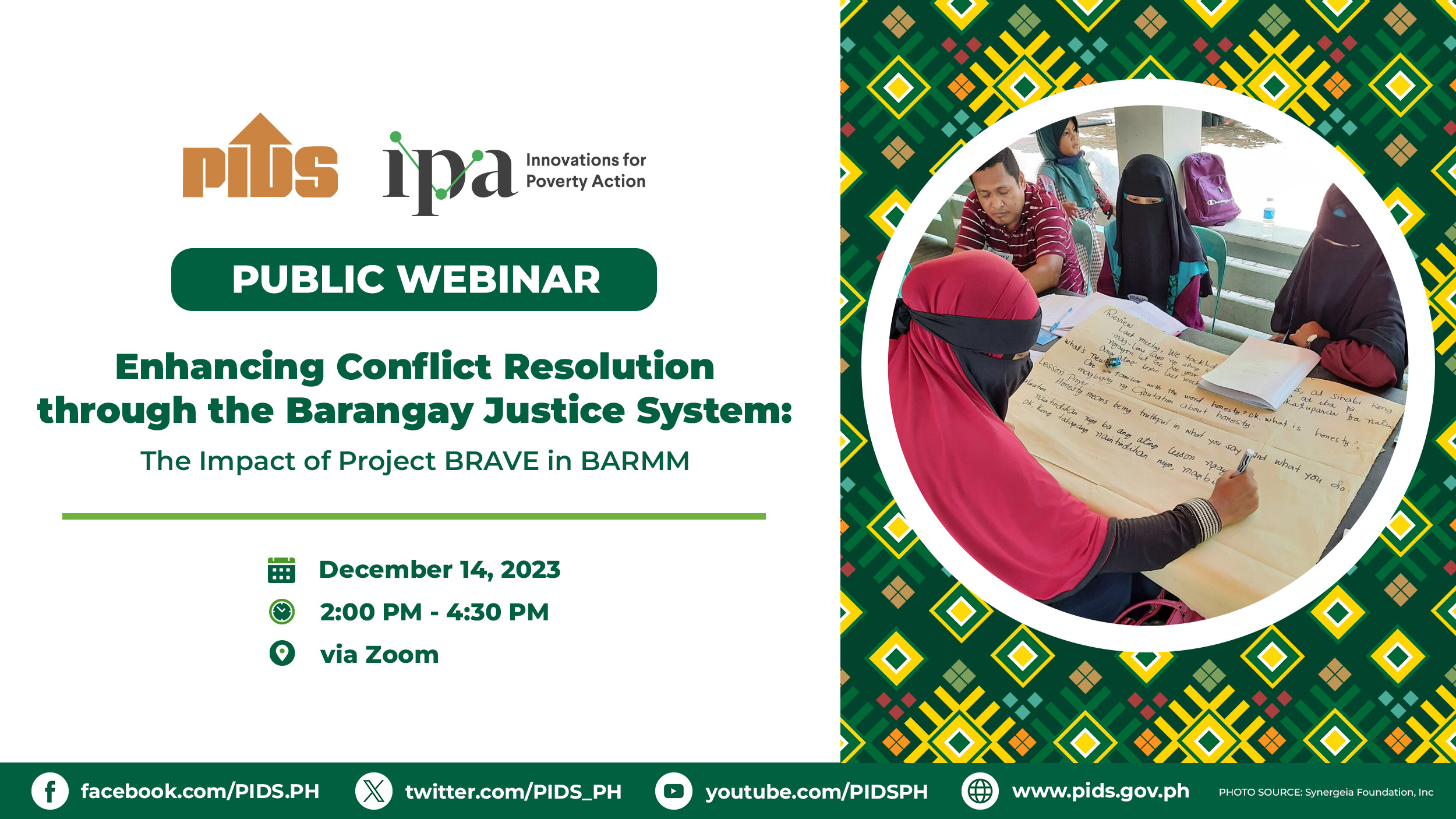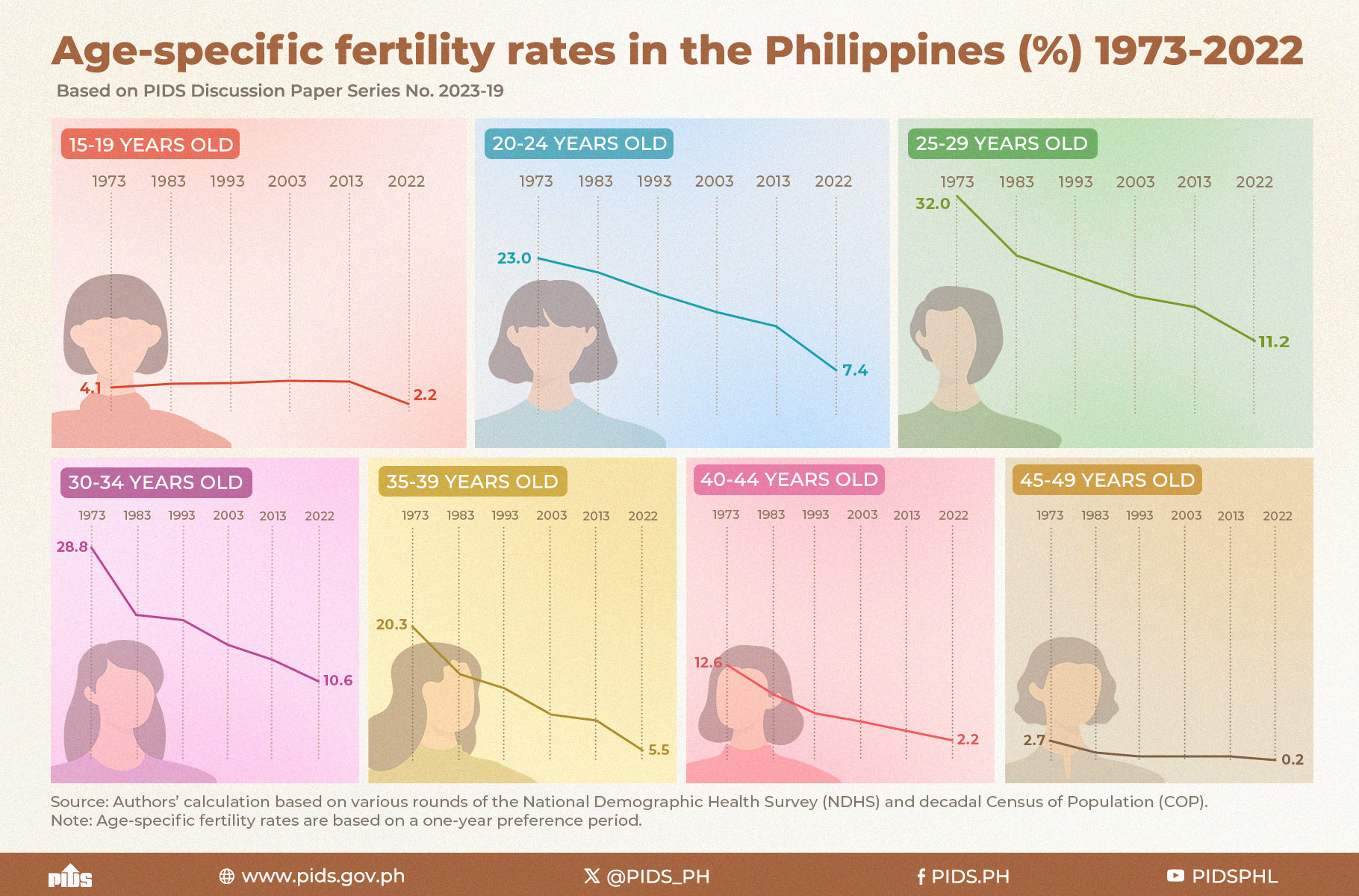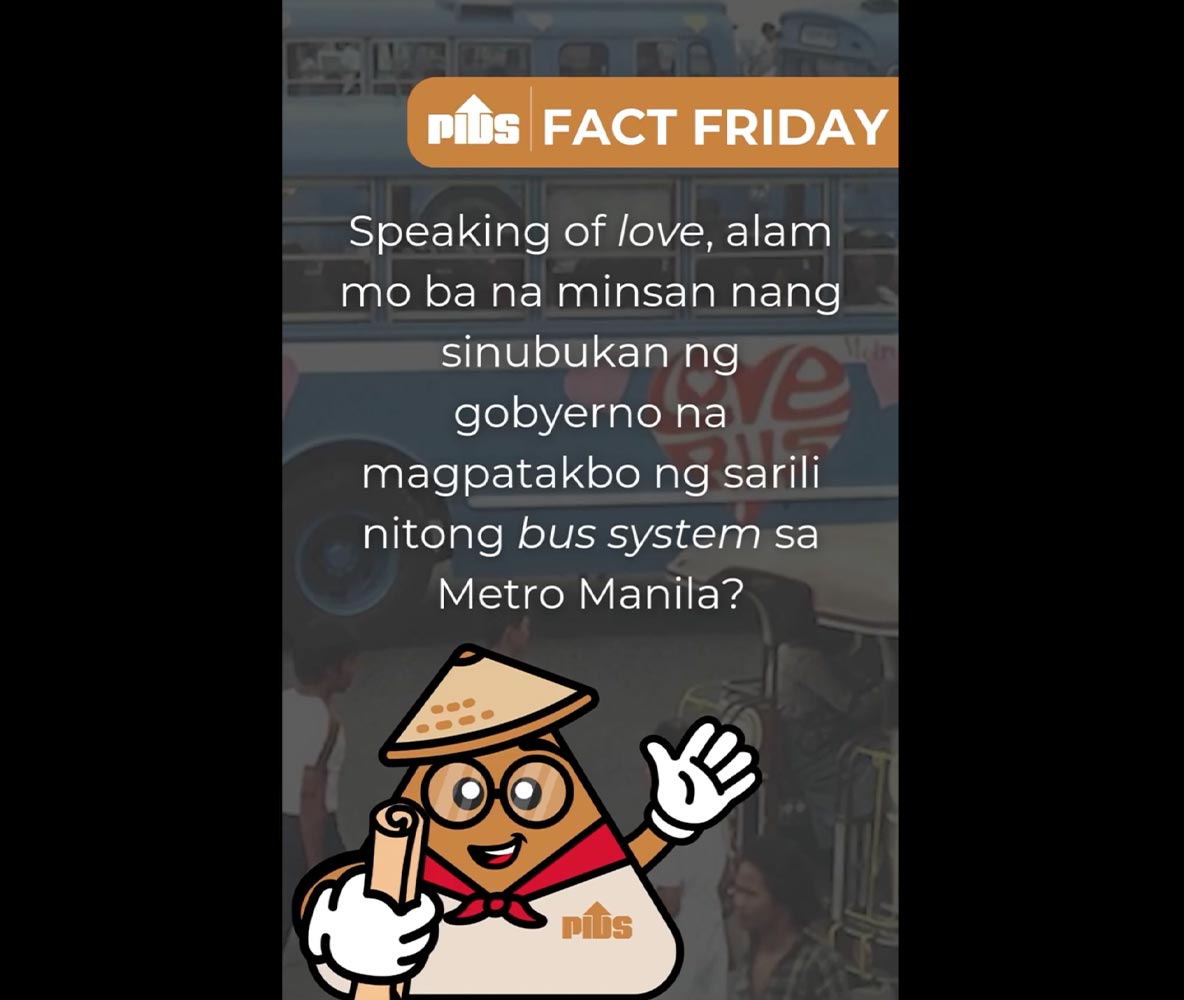HERE in the Philippines, electric rate subsidies in the form of the lifeline rate, intended for indigent electricity consumers, and the senior citizen rate for elderly customers are considered sacrosanct, not to be altered in any way or even questioned. In reality, they should infuriate every electricity consumer who does not benefit from them. The system of subsidized electricity rates is well-intentioned, but it is, as many such systems are, poorly targeted and prone to leakage.
Once again, we can thank the Philippine Institute of Development Studies (PIDS), and in particular its appallingly effective research fellow Dr. Kris A. Francisco for shedding light on this issue. In a study published in December 2024 and disseminated in the PIDS' regular newsletter earlier this month, Francisco set out to study the Philippines' socialized electricity pricing mechanisms, and made some rather alarming findings.
There are a number of subsidies included on our monthly electric bills, but the two we are chiefly concerned with here are the lifeline rate subsidy and senior citizen subsidy. The lifeline rate is a discounted rate charged to customers whose consumption is 100 kilowatt-hours (kWh) or less per month, while the senior citizen subsidy is a 5-percent discount applied to the bill of customers who are senior citizens, or have a senior citizen in their household, provided that monthly consumption does not exceed 100 kWh. The amount of the lifeline rate discount varies from one distribution utility (DU) to another, based on calculations approved by the Energy Regulatory Commission (ERC) and adjusted occasionally on an as-needed basis.
The two subsidies are cross-subsidies, meaning they are not paid by the government, but rather by every other non-subsidy customer. For Manila Electric Co. (Meralco) customers, that amounts to P0.0004/kWh of our own consumption for the lifeline subsidy and P0.0001/kWh for the senior citizen subsidy. In addition, these subsidies are also subject to 12-percent value-added tax (VAT).
Thus, the subsidies amount to a type of progressive tax; those with higher electricity consumption pay more of the subsidy. And to be fair, the rates charged, even for Meralco, which has the highest discount rate for lifeline subsidies in the country, amount to a very small additional cost on our bills. Besides the egalitarian social aspects of the cross-subsidies, the main purpose for doing it this way is to avoid compromising DUs' revenues, as well as avoiding a direct expense for the government in the form of rate reimbursements.
The amount, however, is not really the point, but rather the fact that, according to current definitions, many electricity consumers benefiting from the subsidies do not meet the eligibility criteria. In other words, they have sufficient household income to pay the regular rates. Per Department of Energy guidelines, an electricity customer is eligible for the lifeline rate if a qualified-household beneficiary of the "Pantawid Pamilyang Pilipino Program (4Ps) Act," with monthly electricity consumption that is within the threshold determined by the ERC; and if living below the poverty threshold set by the Philippine Statistics Authority, verified by a certification from the local Social Welfare and Development Office (SWDO) issued within the last six months; and the monthly consumption is within the threshold determined by the ERC. The eligibility for the rate based on enrollment in the 4Ps program is one year, with a review annually, while on the other hand, the SWDO certification is valid for three years.
Using data from the Household Electric Consumption Surveys and the Family Income and Expenditure Surveys, Francisco found that, as a national average, about 44 percent of households meeting the 100 kWh-or-less consumption ceiling and implicitly benefiting from subsidized rates (note: although the study did not get into this aspect, it appears that a widespread practice among DUs is to simply use consumption as a shortcut indicator of subsidy eligibility), were not under the poverty threshold, not 4Ps beneficiaries and not households with senior citizens. Based on all the data crunched, the PIDS study reached four rather concerning conclusions.
Advertisement
First, variations in the implementation of subsidies dilute their overall effect. The ERC has allowed different or scaled lifeline discount rates based on the individual DU's circumstances to keep from compromising their business stability, but this also means that marginalized households experience different levels of relief, depending where they are. A uniform scheme of discounts would ensure that all households falling within the same definition of eligibility would receive the same level of support. But as the study notes, doing that "does not come without cost implications."
Second, and somewhat related to the above, is that DU-level cross-subsidies put certain economic groups at a disadvantage in two ways. In areas where there is not much variability in household incomes — areas that are uniformly poor, to put it bluntly — the situation develops where the poor are subsidizing the poor. In more developed areas, such as in Metro Manila, where more than 60 percent of electricity consumption is accounted for by industrial or commercial customers, businesses pay a disproportionate amount of the cross-subsidies, which leads to overall higher electric rates that investors see as a reason to go elsewhere.
Third, the 100-kWh consumption threshold is too high and allows too many nonmarginalized customers to benefit from subsidy rates. This needs to be recalculated.
And last, lifeline and senior citizen subsidies are redundant. The ERC recently improved the eligibility criteria to some extent to plug some of the leakages, but the situation still exists where one household can collect both subsidies. The recommendation here is to make the senior discount indigency-based, so that the subsidies can be combined into one program that can be managed more efficiently.
I would add one additional recommendation to this, and that would be to remove the VAT from subsidies. The VAT is applied to cross-subsidies that are based on the non-subsidy customer's consumption, so in essence it is a double tax. It needs to be removed.

